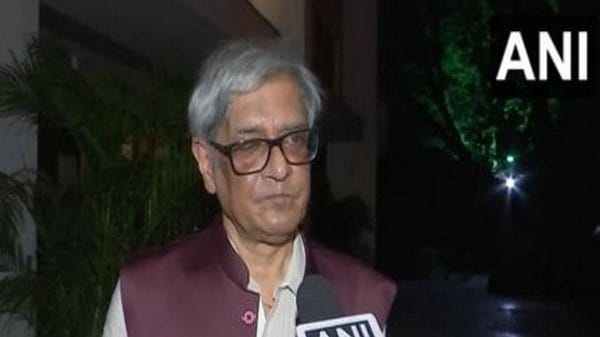New Delhi [India], June 19 (ANI): Chairman of the Economic Advisory Council (EAC) to the Prime Minister, Bibek Debroy, emphasized the need for a new poverty line at a data user conference organized by the Ministry of Statistics and Programme Implementation (MoSPI) in Delhi on Wednesday.
In his address, Debroy highlighted that India still relies on the poverty line established by the decade-old Tendulkar Committee. He noted that while the Rangarajan Committee proposed a different poverty line, it was never officially adopted. Additionally, he pointed out that the Multidimensional Poverty Index (MDPI) is not poverty line.
Debroy questioned, “Should we now have a new poverty line to which the Household Consumption Expenditure Survey (HCES) data can be applied?”
Debroy stressed that the HCES data is crucial not only for assessing inequality and poverty but also for informing various schemes and functions as critical inputs.
Rajeeva Laxman Karandikar, Chairman of the National Statistical Commission, commented to ANI that changing the poverty line would not significantly impact the lives of the poor.
He stated, “If there is a change in the poverty line, what will a man say who considers himself poor? Or a man who is not poor but within the new poverty line becomes poor? There is no difference in his life in either case. But I am not denying its importance in the overall decision. It has importance in decision-making.”
Earlier at the conference, Secretary of MoSPI, Saurabh Garg, emphasized the ongoing focus on leveraging technology. “Many of these surveys, which come on a quarterly basis, are being looked at for a potential monthly release. The availability of timely data is critical for making informed decisions,” Garg said. He also mentioned the Ministry’s commitment to using innovative mechanisms to build a Data Innovation Hub.
The conference also saw the release of the HCES 2022-23 report, which highlighted significant changes in spending patterns. Rural spending increased to Rs. 3,773 and urban spending to Rs. 6,459 in 2022-23, marking a 164 per cent and 146 per cent rise, respectively, since 2011-12 at current prices.
The report noted a shift in spending habits, with rural food expenditure dropping to 46 per cent and urban food expenditure to 39 per cent. Additionally, the monthly per capita consumption expenditure gap between urban and rural areas is narrowing.
The Gini coefficient, a measure of inequality, declined from 0.283 to 0.266 for the rural sector and from 0.363 to 0.314 for the urban sector, indicating reduced inequality since 2011-12. (ANI)
This report is auto-generated from ANI news service. ThePrint holds no responsibility for its content.






